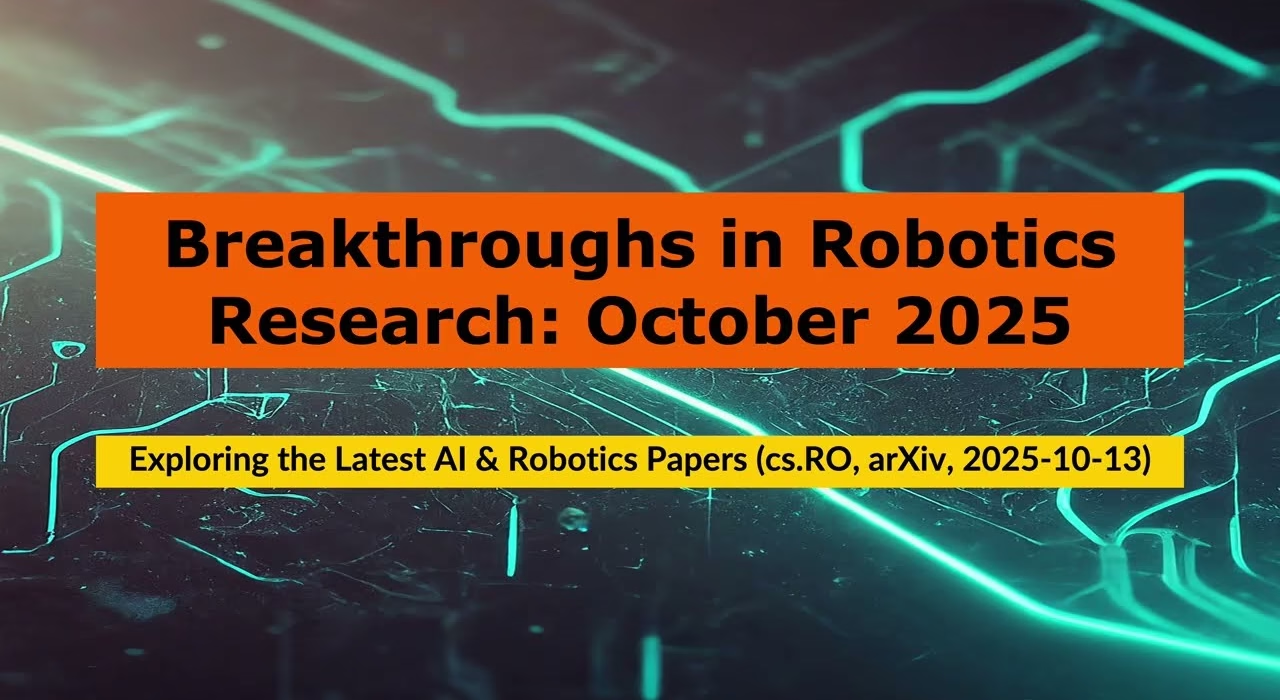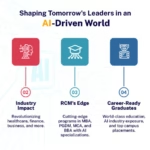Agentic AI Breakthroughs in Robotics 2025: The Dawn of Autonomous Machines
Estimated reading time: 10 minutes
Key Takeaways
- The accelerating pace of artificial intelligence is driving transformative changes across industries, with *agentic AI breakthroughs in robotics 2025* set to be a major milestone.
- Agentic AI systems are characterized by their ability to perform independent, goal-oriented reasoning and action, moving beyond simple programming to exhibit proactive behavior.
- Key characteristics of Agentic AI include autonomy, robust decision-making, goal-oriented behavior, and continuous learning and adaptation.
- While Generative AI focuses on creating content, Agentic AI is designed for task execution and achieving objectives in real-world environments.
- Breakthroughs in agentic AI are poised to revolutionize robotics in areas like logistics, manufacturing, and exploration in hazardous environments.
- *Multimodal AI understanding the world* is crucial, enabling robots to process diverse sensory inputs for comprehensive environmental awareness and informed decision-making.
- *Physical AI* bridges the digital and physical realms, allowing AI systems to interact with and operate effectively in the real world.
- The impact of agentic AI extends beyond robotics to sectors like healthcare diagnostics, financial services, customer service, and energy management.
- Future trajectories include personalized AI assistants, intelligent infrastructure management, and advanced human-AI collaboration.
Table of Contents
- Agentic AI Breakthroughs in Robotics 2025: The Dawn of Autonomous Machines
- Key Takeaways
- What is Agentic AI?
- Agentic AI Breakthroughs in Robotics: The 2025 Horizon
- The Critical Role of Multimodal AI in Agentic Robotics
- Physical AI: Bridging the Digital and Physical Worlds
- Broader Impacts and Applications of Agentic AI
- The Future Trajectory of Agentic AI
- Frequently Asked Questions
The world is witnessing an unprecedented acceleration in artificial intelligence, a force that is rapidly reshaping industries and fundamentally altering how we live and work. As we stand on the cusp of significant advancements, one area that promises profound transformation is robotics, particularly with the anticipated *agentic AI breakthroughs in robotics 2025*. This upcoming milestone signals a pivotal shift from machines that merely follow instructions to sophisticated systems capable of autonomous reasoning and adaptive action. This evolution is not happening in a vacuum; it is intrinsically linked to broader *latest AI trends* and the burgeoning field of *physical AI*, which seeks to imbue intelligence into the real world. Central to enabling these advanced robotic agents is the development of *multimodal AI understanding the world*, allowing machines to perceive and interpret their surroundings with human-like comprehension. This blog post delves into these critical advancements, exploring the core concepts of agentic AI, its revolutionary impact on robotics, the enabling technologies, and its far-reaching implications across various sectors. Agentic AI is driving a significant leap in robotics for 2025, enabling machines not just to follow instructions but to act autonomously, reason, and adapt in real time—ushering in key breakthroughs across multiple industries.
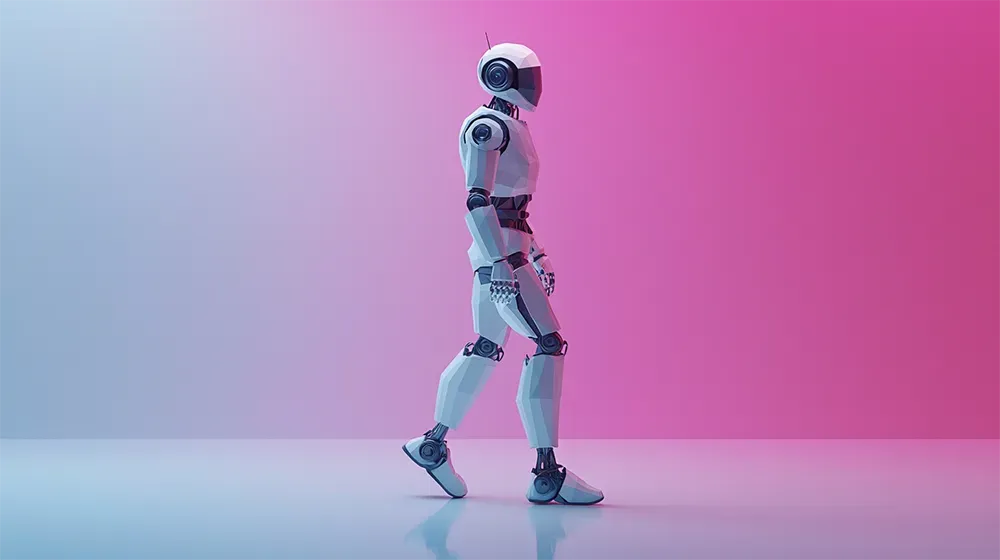
What is Agentic AI?
At its core, Agentic AI refers to artificial intelligence systems designed to act as independent agents. Unlike traditional AI that might execute predefined tasks or respond to specific commands, agentic AI systems possess the capacity for independent, goal-oriented reasoning and action. They move beyond simple programming to exhibit proactive behavior, making decisions and taking actions to achieve objectives with a degree of self-direction.
The core characteristics that define Agentic AI are:
* **Autonomy**: These systems can operate without constant human oversight. They are empowered to make decisions independently, analyze situations, and initiate actions to achieve their programmed goals. This autonomy is a critical differentiator, allowing for operations in complex and dynamic environments where continuous human input is impractical or impossible.
* **Decision-Making**: Agentic AI excels at analyzing information, evaluating various options and potential outcomes, and then selecting the most effective course of action to achieve its objectives. This involves complex reasoning processes that mimic human problem-solving.
* **Goal-Oriented Behavior**: Agentic AI is fundamentally designed to pursue complex, multifaceted tasks and achieve specific, often long-term, outcomes strategically. This means that its actions are always aligned with a defined purpose, ensuring efficiency and effectiveness.
* **Learning and Adaptation**: A crucial aspect of agentic AI is its capacity to learn from new data, environmental feedback, and the outcomes of its own actions. This enables it to continuously improve its performance, adapt to changing circumstances, and refine its strategies over time.
It is important to distinguish between Generative AI and Agentic AI, as they represent different, though often complementary, capabilities within the broader AI landscape. A clear *generative vs agentic ai comparison* highlights these differences. Generative AI, as the name suggests, focuses on creating new content—be it text, images, code, or music—based on prompts and training data. Its strength lies in synthesis and creativity. Agentic AI, on the other hand, is focused on execution and achieving goals. It is designed for task completion, making decisions, and achieving objectives in real-world or simulated environments, often with a significant degree of self-direction. While generative AI might create a plan, agentic AI is the one that would execute it, adapt to unexpected challenges during execution, and learn from the experience to improve future planning and execution.
| Feature | Generative AI | Agentic AI |
| :———— | :———————————————- | :———————————————————————- |
| **Primary Focus** | Content creation (text, images, code, etc.) | Task execution, decision-making, goal achievement |
| **Autonomy** | Limited; primarily responds to prompts | High; can operate independently and proactively |
| **Interaction**| Primarily with data for creation | Primarily with environments and systems for action and problem-solving |
| **Output** | New, novel content | Actions, decisions, achieved outcomes |
| **Examples** | ChatGPT, DALL-E, Midjourney | Autonomous robots, advanced virtual assistants, self-driving cars |
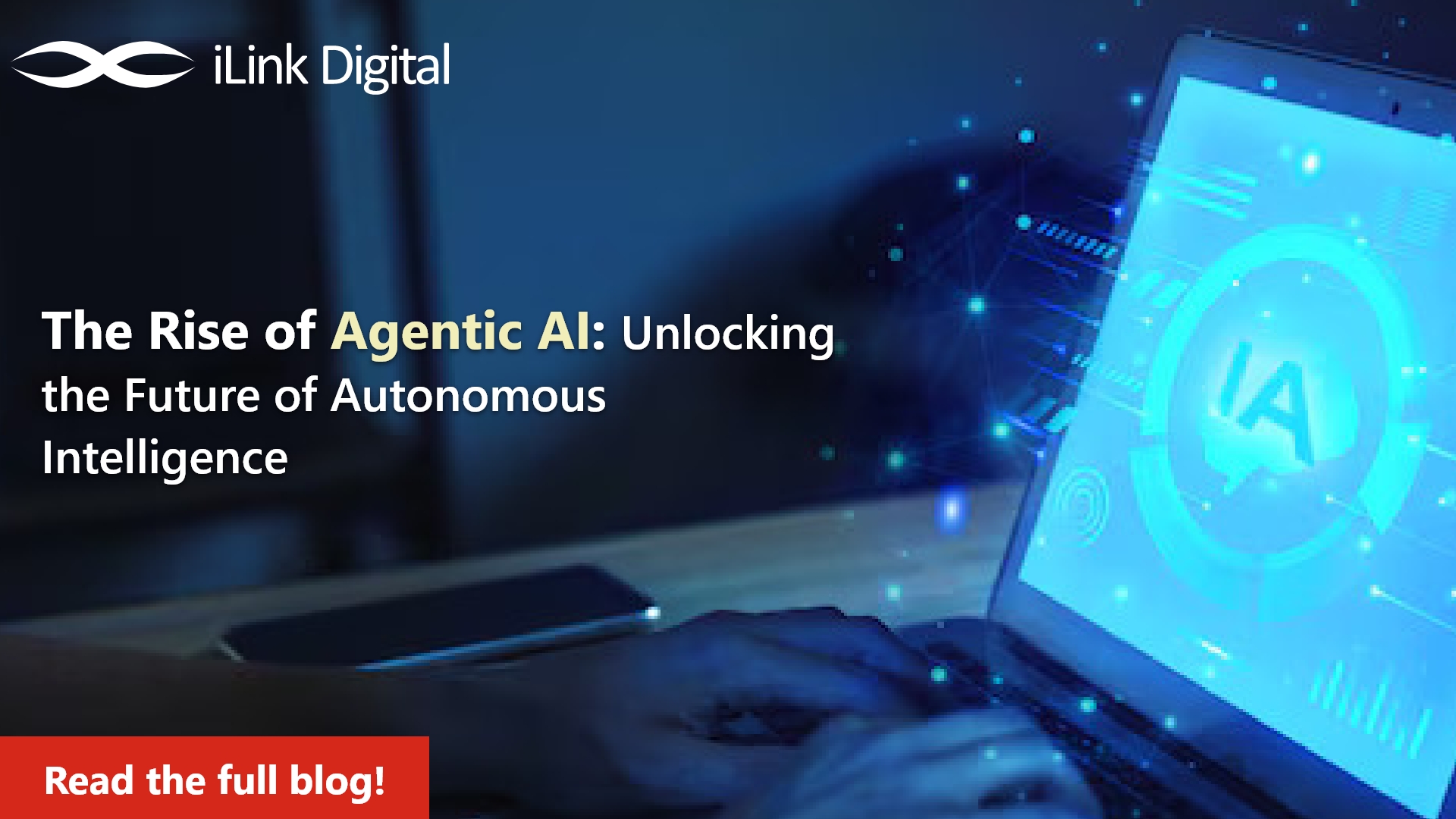
Agentic AI Breakthroughs in Robotics: The 2025 Horizon
The integration of agentic AI into robotics is poised to usher in a new era of machine capability, with *agentic AI breakthroughs in robotics 2025* set to redefine what robots can achieve. Agentic AI is fundamentally changing robotic capabilities, moving them from mere task executors to intelligent agents that can perceive, reason, and act with unprecedented autonomy. This evolution is not just about making robots more efficient; it’s about enabling them to tackle tasks that were previously too complex, dynamic, or dangerous for automated systems.
Several key areas are set to witness significant advancements:
* **Logistics and Supply Chain**: In warehouses and distribution centers, agentic AI will empower robots to autonomously manage operations. This includes optimizing inventory, routing robotic fleets, predicting and resolving bottlenecks in real-time, and dynamically adjusting delivery schedules without direct human intervention. Imagine robots that can not only pick and pack but also proactively reconfigure themselves to handle unexpected surges in demand or disruptions in the supply chain, much like what companies like Amazon or DHL are beginning to explore with advanced automation.
* **Manufacturing**: The manufacturing floor will see agentic robots optimizing assembly lines with greater precision and flexibility. They will be able to dynamically adapt workflows based on real-time production needs, material availability, or even equipment status. Furthermore, these robots could initiate self-maintenance procedures or report potential issues proactively, leading to increased uptime and significant efficiency gains.
* **Exploration and Hazardous Environments**: Agentic AI unlocks new possibilities for robots operating in remote sensing, environmental monitoring, and hazardous site inspections. Robots equipped with agentic capabilities can perform complex problem-solving in environments where human presence is risky or impossible, such as deep-sea exploration, disaster zones, or contaminated industrial sites. Their ability to navigate, assess risks, and execute tasks autonomously in uncertain conditions is invaluable.

These advancements in robotics are a critical component of the broader *latest AI trends*, showcasing how artificial intelligence is increasingly moving from the digital realm into the physical world, augmenting human capabilities and transforming industries.
The Critical Role of Multimodal AI in Agentic Robotics
For agentic robots to operate effectively and autonomously in the complex real world, they need a sophisticated understanding of their surroundings. This is where *multimodal AI understanding the world* becomes absolutely essential. Multimodal AI refers to AI systems that can process and integrate information from multiple types of data sources or sensory modalities simultaneously. For agentic robots, this means moving beyond relying on a single sensor, like a camera, to a comprehensive perception system.
Multimodal AI allows robots to:
* **Process Diverse Sensory Inputs**: Robots can process and integrate data from various sources, including vision (cameras), sound (microphones), touch (tactile sensors), depth sensors (LiDAR, radar), and even haptic feedback. This integrated perception creates a richer, more complete picture of the environment.
* **Build Comprehensive Contextual Understanding**: By combining information from different senses, robots can build a far more nuanced and accurate understanding of complex and unstructured environments. For example, a robot might see an object, hear a sound associated with it, and feel its texture, all contributing to a robust recognition and interaction strategy.
* **Make More Informed and Robust Decisions**: With a deeper understanding of their surroundings, agentic robots can make more informed and reliable decisions. This is critical for tasks like navigation, object manipulation, and precise task execution, especially in dynamic and unpredictable settings.

Consider a robot tasked with retrieving an object from a cluttered shelf. Using multimodal AI, it might use its cameras to identify the target object, its depth sensors to gauge distance and avoid collisions, its auditory sensors to recognize a human’s voice command or an alert, and its tactile sensors to adjust its grip strength when picking up the object. This ability to synthesize information from multiple streams is what allows agentic AI to perform complex physical tasks. Platforms like Google DeepMind’s Gemini Robotics, which showcases AI agents acting on complex physical cues, are at the forefront of demonstrating this capability, highlighting how advanced AI can directly interact with and influence the physical world through robotic embodiments.
Physical AI: Bridging the Digital and Physical Worlds
The concept of *physical AI* is central to the practical application of agentic AI in robotics and beyond. Physical AI refers to artificial intelligence systems specifically designed to interact with, understand, and operate within the physical realm. It represents the tangible manifestation of AI’s intelligence, moving it from screens and servers into the real world where it can have direct impact.
Physical AI is a key component of the *latest AI trends*, driving innovation in how machines engage with their environment. It enables robots and other physical systems to:
* **Perceive and Interpret Real-Time Sensory Data**: Physical AI systems are equipped with sensors that allow them to gather and interpret real-time data from their physical surroundings. This perception is the foundation for any intelligent action in the physical world.
* **Execute Precise Physical Actions**: A hallmark of physical AI is its ability to translate digital commands into precise physical actions. This includes tasks like grasping, moving, manipulating objects, navigating complex terrains, and interacting with physical interfaces.
* **Adapt Physical Responses Dynamically**: The physical world is rarely static. Physical AI systems must be able to adapt their physical responses dynamically to changes in the environment, such as unexpected obstacles, shifting loads, or varying conditions.
* **Seamlessly Transition from Simulation to Reality**: A significant challenge in robotics has been the gap between performance in simulated environments and real-world deployment. Physical AI, coupled with advanced simulation and training techniques, aims to reduce this gap, allowing AI agents trained virtually to transition effectively and safely into physical operations.
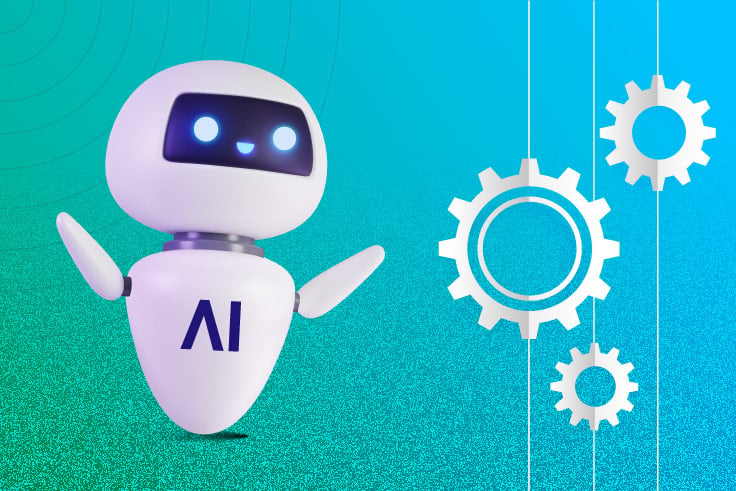
Research in this area, such as Gemini Robotics, demonstrates how AI agents can learn and perform complex physical tasks by integrating sensory input and motor control, effectively bridging the digital and physical divide.
Broader Impacts and Applications of Agentic AI
While agentic AI’s impact on robotics is profound, its principles and applications are extending far beyond the realm of physical machines. The ability of AI systems to reason independently, make decisions, and act towards goals is poised to revolutionize numerous sectors.
One significant area is *AI advancements in healthcare diagnostics*. Agentic AI can serve as a powerful assistant to medical professionals by autonomously analyzing vast and complex patient datasets. This includes medical imaging (X-rays, MRIs, CT scans), genomic data, and clinical records. By identifying subtle patterns, predicting disease risks, and flagging anomalies, agentic AI can significantly support diagnostic accuracy and speed up the process, leading to earlier interventions and improved patient outcomes.

Beyond healthcare, agentic AI is set to transform other critical industries:
* **Financial Services**: In this fast-paced sector, agentic AI can provide real-time fraud detection, analyzing transactions as they happen and identifying suspicious activity with high precision. Furthermore, it can power automated financial advisory services, offering personalized investment strategies and managing portfolios based on individual client goals and market conditions.
* **Customer Service**: Agentic AI can handle complex customer inquiries from initiation to resolution with minimal human intervention. These systems can understand nuanced customer needs, access relevant information, and execute tasks like processing returns, scheduling appointments, or resolving technical issues, thereby enhancing customer satisfaction and operational efficiency.
* **Energy Management**: The energy sector stands to benefit greatly from agentic AI through autonomous grid optimization. AI agents can continuously monitor energy production and consumption, making real-time adjustments to balance the grid, integrate renewable sources more effectively, and predict potential disruptions. They can also perform predictive maintenance on energy infrastructure, identifying components at risk of failure before they break down, thus ensuring reliable energy supply.
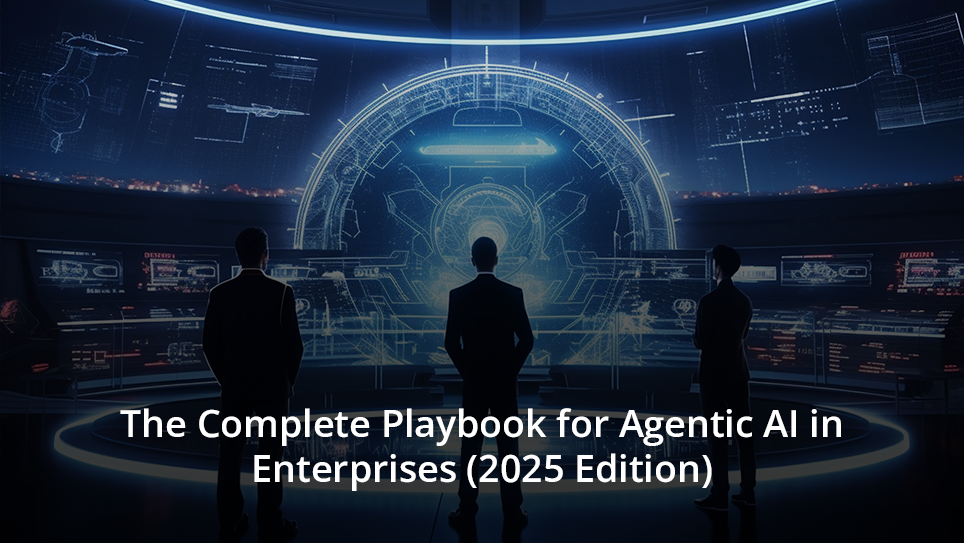
The Future Trajectory of Agentic AI
As agentic AI continues its rapid development, its future applications promise to be even more ambitious and transformative, integrating seamlessly into various aspects of our lives and work. We can project several potential future scenarios driven by increasingly sophisticated agentic AI:
* **Personalized AI Assistants**: Imagine highly capable AI agents that can manage complex personal schedules with unparalleled efficiency. These assistants could proactively make travel arrangements, book appointments, handle routine communications, and anticipate needs based on learned preferences and patterns, freeing up individuals to focus on more critical or enjoyable tasks.
* **Intelligent Infrastructure**: Agentic AI is poised to become the backbone of smart cities and intelligent buildings. AI agents can autonomously manage city-wide systems, optimizing resource allocation for water and waste management, dynamically controlling traffic flow to reduce congestion, and fine-tuning energy consumption across districts in real-time to enhance sustainability and efficiency.
* **Human-AI Collaboration**: The future will increasingly feature advanced collaborative teams where human and AI agents work side-by-side. AI agents will be able to understand complex project goals, initiate tasks independently, manage sub-tasks, and even suggest strategic shifts or innovative approaches based on their analysis of data and project progress. This synergy will significantly augment human capabilities, leading to breakthroughs in research, development, and creative endeavors.
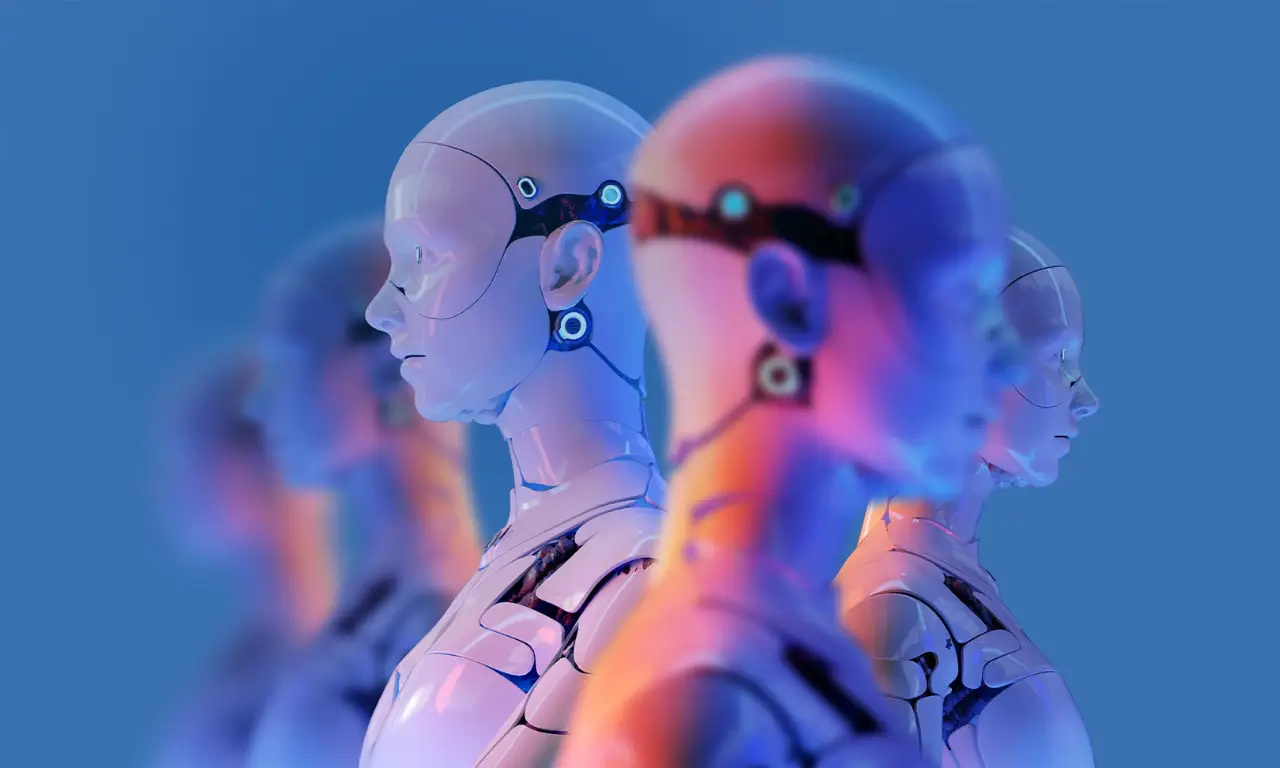
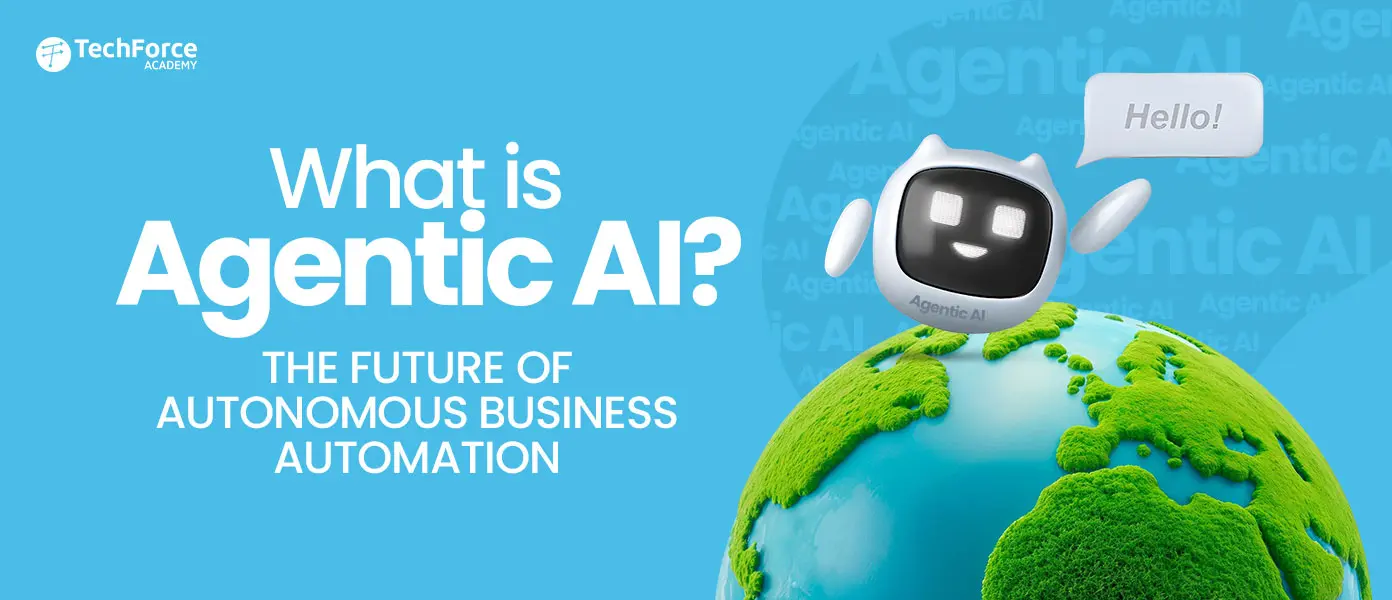
These future trajectories highlight a world where AI agents are not just tools but active participants and collaborators, driving efficiency, innovation, and personalized experiences across the board.
Frequently Asked Questions
What is the primary difference between Generative AI and Agentic AI?
Generative AI focuses on creating new content (text, images, code), while Agentic AI focuses on performing tasks, making decisions, and achieving goals in an environment, often with autonomy.
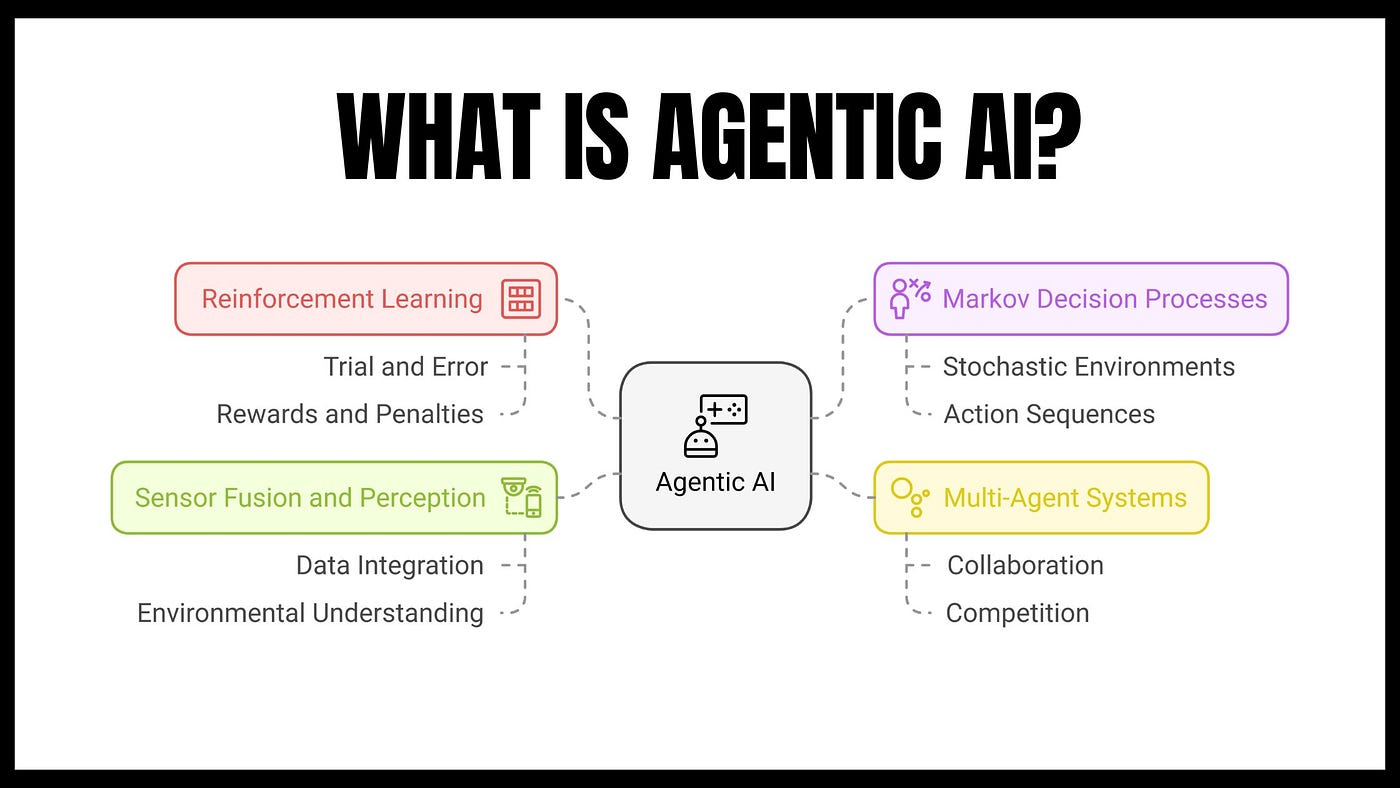
Will agentic AI replace human workers in all industries?
It is more likely that agentic AI will augment human capabilities and automate specific tasks rather than replace entire workforces. Many roles will evolve to involve collaboration with AI agents.
How important is multimodal AI for agentic robots?
Multimodal AI is critical because it allows robots to process and integrate information from various senses (vision, sound, touch), leading to a more comprehensive understanding of their environment and enabling more robust decision-making and action.

What are some key applications of agentic AI beyond robotics?
Key applications include advanced diagnostics in healthcare, real-time fraud detection in finance, complex customer service resolution, and autonomous optimization of energy grids.
When are the major agentic AI breakthroughs in robotics expected?
Significant *agentic AI breakthroughs in robotics 2025* are anticipated, marking a shift towards more autonomous and adaptive robotic systems.

What does “physical AI” mean in the context of agentic systems?
Physical AI refers to AI systems designed to interact with and operate within the physical world, enabling robots to perceive, act, and adapt in real-world environments.
How does agentic AI learn and adapt?
Agentic AI learns from new data, feedback from its environment, and the outcomes of its actions. This continuous learning process allows it to improve performance and adapt to changing circumstances over time.



